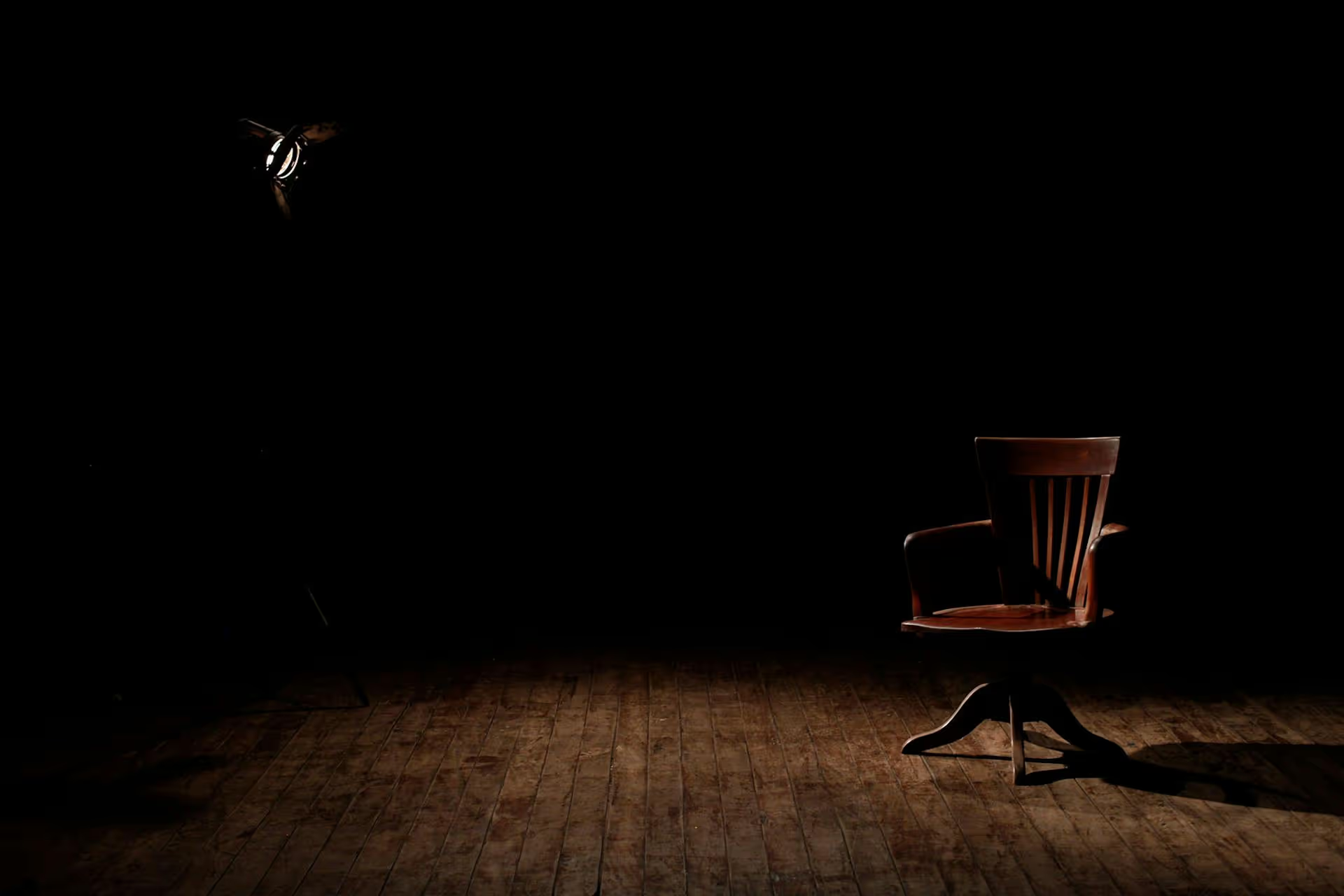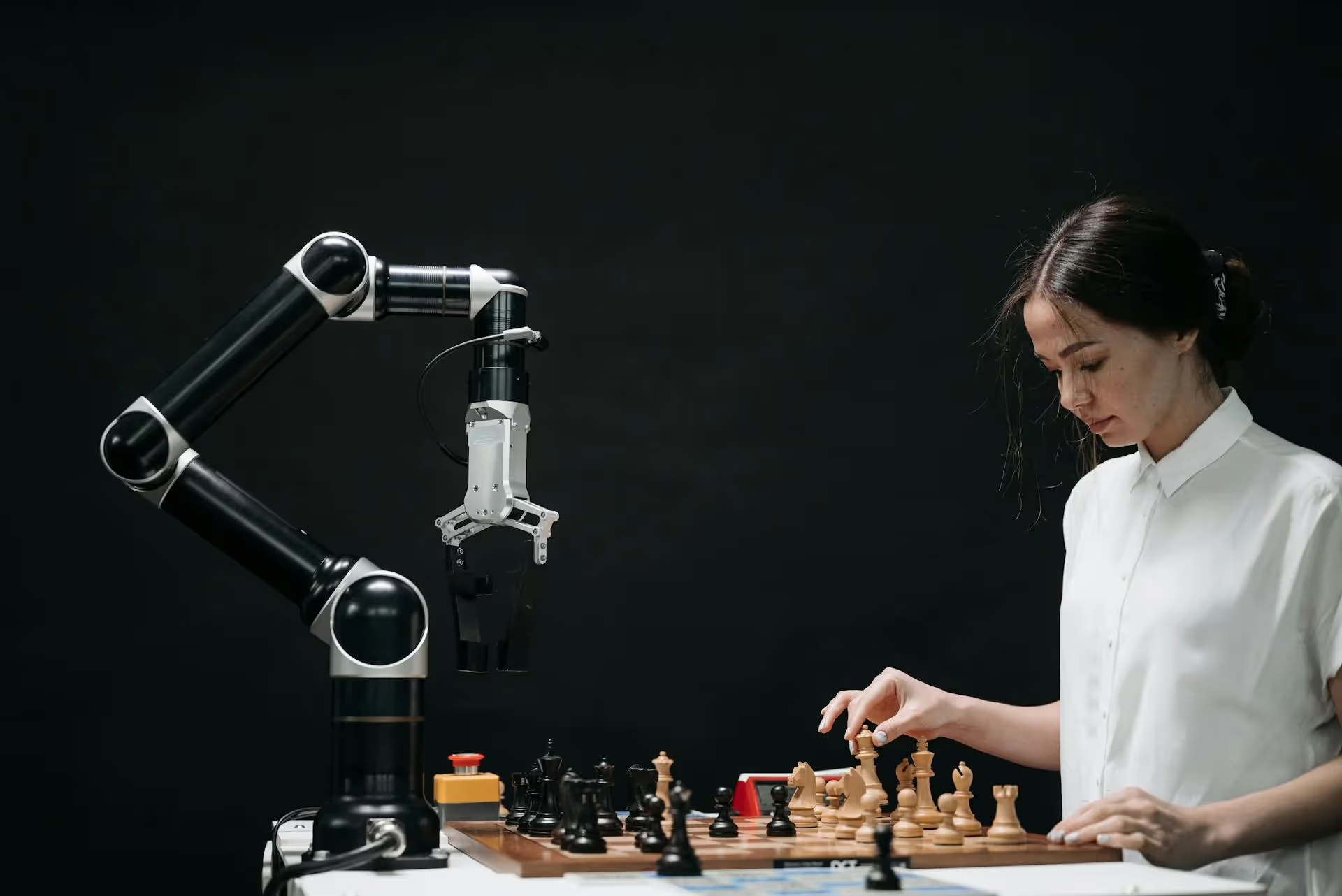Design Thinking in the Final Frontier: Innovating Space Technology for the Next Era of Exploration
Space has always been a proving ground for humanity’s greatest engineering feats — from the Apollo missions to the Mars rovers. But as we move deeper into the 21st century, the challenges of space exploration are evolving. Missions now involve longer durations, more complex environments, and an increasing number of private and international players.
To meet these challenges, the aerospace industry is turning to an unexpected ally: design thinking. This human-centered, iterative approach to problem-solving — widely used in product design, tech startups, and business innovation — is reshaping how we develop space technologies, plan missions, and even envision life beyond Earth.
Why Space Needs Design Thinking
Traditional aerospace engineering is rooted in precision, regulation, and predictability — all essential when the margin for error is razor-thin. But space exploration increasingly demands flexibility, speed, and user-centric design.
Consider the diversity of space stakeholders today: NASA engineers, SpaceX’s private customers, international astronauts, scientists operating telescopes from Earth, and — soon — space tourists. Each has different needs, constraints, and expectations.
Design thinking bridges the gap between technical feasibility and human experience by focusing on:
- Empathy: Understanding the needs of astronauts, mission controllers, and end-users.
- Ideation: Generating creative solutions without immediate judgment.
- Prototyping and Testing: Building and refining quickly to adapt to feedback.
This mindset encourages solutions that aren’t just functional, but also practical, safe, and enjoyable to use.
Empathy: Designing for Life in Space
One of the most overlooked aspects of space technology is the lived experience of astronauts. From cramped quarters on the ISS to the psychological toll of deep space missions, human needs go far beyond life support systems.
Example: When NASA designed the Orion spacecraft for the Artemis missions, design teams conducted immersive simulations where astronauts could interact with mock-up interiors. Feedback from these sessions led to rethinking control panel layouts, storage compartments, and even lighting to reduce fatigue.
Design thinking pushes mission planners to start with the human, not just the hardware. This is crucial for long-duration missions to Mars or lunar bases, where comfort, mental health, and usability can directly affect mission success.
Ideation: Thinking Beyond Engineering Constraints
Space agencies often work within strict technical boundaries — weight limits, launch windows, radiation exposure. Design thinking encourages teams to temporarily set these aside during the ideation phase, fostering bold, unconventional ideas.
For example, when considering lunar habitats, rather than defaulting to rigid modules, teams explored inflatable structures. The result: NASA’s BEAM (Bigelow Expandable Activity Module), currently attached to the ISS, offers more volume at lower launch weight.
The same principle applies to spacesuit design. Traditional suits are bulky and rigid; design thinking workshops involving astronauts, engineers, and industrial designers have led to prototypes that allow more natural movement, better visibility, and even integrated AR displays.
Prototyping: Fail Fast, Learn Faster
In space technology, failure on launch day is catastrophic — but failure during design can be invaluable.
Design thinking’s rapid prototyping approach means building scaled models, VR simulations, or even non-functional mock-ups to test usability. These prototypes are often tested in analog environments like underwater training facilities, desert Mars simulations, or Arctic research stations.
Private space companies have embraced this approach aggressively. SpaceX, for example, iterates on rocket designs by rapidly building and testing prototypes, as seen with the Starship program. While early test flights often explode spectacularly, each “failure” yields data that accelerates progress.
Case Study: Designing AI-Driven Rovers with a Human Touch
AI-powered rovers are a cornerstone of planetary exploration. Traditionally, they’ve been designed for maximum autonomy. But design thinking revealed an overlooked factor: scientist engagement.
During NASA’s Mars 2020 mission planning, engineers discovered that scientists wanted more direct interaction with rover decision-making — not just to receive data, but to feel part of the exploration process.
This led to the development of interactive mission control interfaces that allow scientists to set broad exploration goals, while the rover’s AI handles navigation and hazard avoidance. This hybrid model increased scientist satisfaction, improved mission outcomes, and strengthened the sense of human presence on another planet.
Space Infrastructure: Designing for Scalability and Reuse
As the space economy expands — from satellite servicing to lunar mining — infrastructure must be scalable, modular, and adaptable.
Design thinking helps envision modular space stations where components can be swapped, upgraded, or repurposed without full redesign. It’s also influencing on-orbit servicing platforms, where robotic arms, AI-guided tools, and standard interface points make repairs faster and cheaper.
This thinking parallels the shift in software from monolithic programs to modular architectures — flexible, upgradeable, and responsive to user needs.
Human-Centered Innovation in Space Tourism
Space tourism may still be in its infancy, but companies like Blue Origin and Virgin Galactic are already learning the value of design thinking.
Tourists are not trained astronauts — they need intuitive interfaces, comfort, and emotional reassurance. Every detail, from window placement for maximum view to pre-flight VR training, comes from an empathetic design process.
Future orbital hotels or lunar resorts will require collaboration between aerospace engineers, architects, psychologists, and hospitality experts — a multidisciplinary approach that is pure design thinking in action.
Challenges of Applying Design Thinking to Space Technology
Despite its promise, design thinking faces unique challenges in the space sector:
- High Costs and Long Timelines: Rapid prototyping is harder when hardware costs millions and testing environments are rare.
- Safety Regulations: Every innovation must meet stringent safety and reliability standards before flight.
- Complex Stakeholder Ecosystems: Missions involve governments, private firms, and international agencies, making alignment difficult.
However, these constraints also push design thinking to evolve. The iterative cycles may happen more virtually — through advanced simulations and digital twins — before physical prototypes are built.
The Future: Co-Creating Space Technologies
The next generation of space missions will be co-created — not just by engineers, but by astronauts, scientists, artists, industrial designers, and even future space settlers.
- Digital collaboration platforms will allow distributed teams to co-design habitats, tools, and spacecraft.
- Open innovation challenges will crowdsource solutions to complex space problems from the global public.
- Augmented and virtual reality will let anyone “walk through” a proposed habitat before it’s ever built.
By combining the precision of aerospace engineering with the empathy and creativity of design thinking, we can ensure that space technologies are not just functional — but also livable, inspiring, and adaptable to future needs.
Why This Matters for Earth
The impact of design thinking in space isn’t limited to off-world missions. Many space-driven innovations — from water filtration systems to compact medical devices — have found applications on Earth.
By designing with the human experience in mind, these technologies are more likely to translate successfully into terrestrial industries, from disaster relief to remote healthcare.
The Era of Designed Exploration
Space technology has always been a marvel of engineering. But as we prepare for lunar bases, Mars colonies, and a thriving space economy, we need to design not just for survival, but for human thriving.
Design thinking ensures that our tools, habitats, and systems are intuitive, adaptable, and deeply connected to human needs. It reminds us that exploration is not just about reaching new worlds — it’s about shaping them to support life, community, and creativity.
In the final frontier, the future belongs to those who can engineer with precision and design with empathy.







